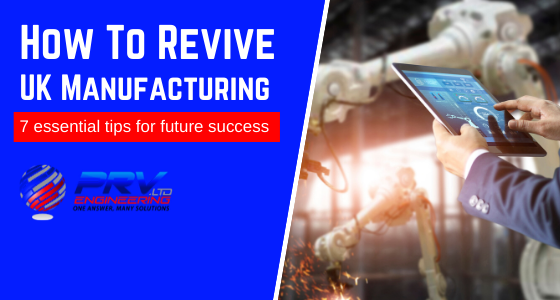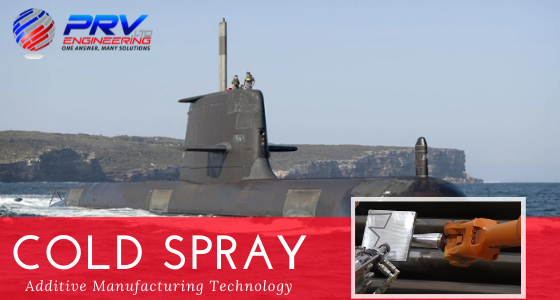
In the world of motorsport, few names impress more than Formula One genius, Gordon Murray. If you haven’t been following the story, he is designing a supercar from scratch with unbelievable specifications.
The Gordon Murray T.50 looks stunning and a true representation of automotive engineering perfection. Said to be one of the most extreme and remarkable supercars ever created, it will push boundaries beyond imagination.











Recent Comments